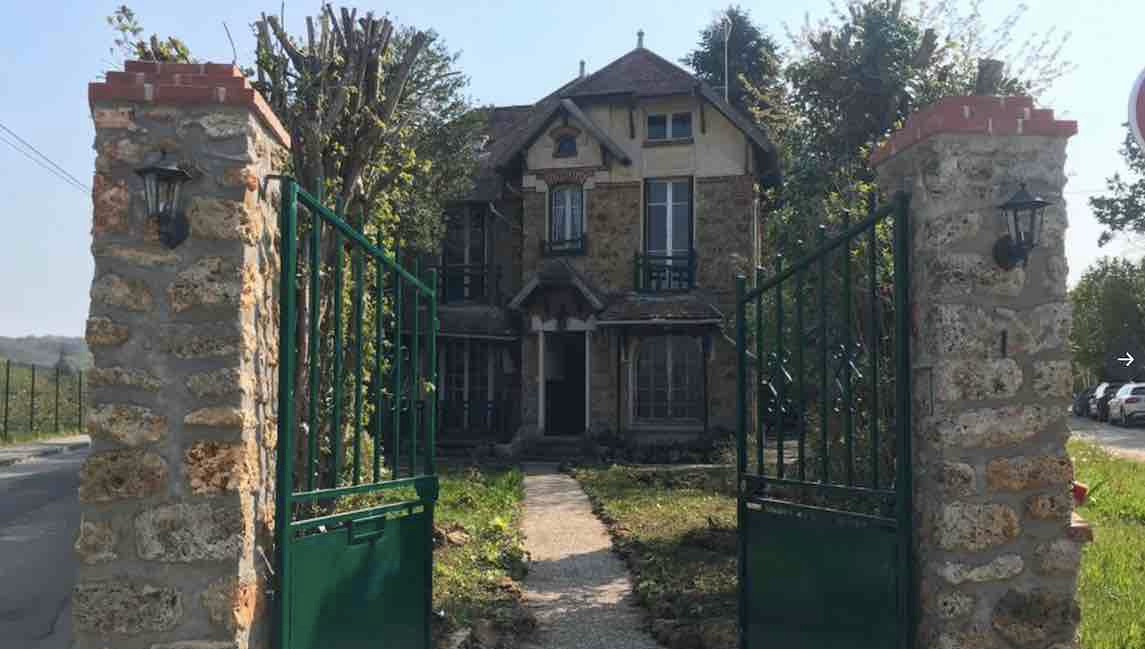A mere “thank you” is too few words to appreciate you. I bow low to all nurses and midwives today – said Health Minister Adam Niedzielski today. He stressed that they were on the front line of the fight against coronavirus.
Minister Niedzielski addressed the nurses during the celebration of the International Nurses and Midwives Day at the WOIPiP headquarters.
“Mere „thank you” are too few words to appreciate you. I bow low to the nurses and midwives today” – the entry reads.
“I am here to appreciate you, the Nurses for your hard work,” he emphasized.
The Minister also expressed thanks for being on the front line of the fight against coronavirus. He assured us that he would work to ensure decent working conditions and pay for this medical group. He also presented badges of “Merit for Health Care”.
“You ladies were in the war, on the front lines. Thank you for that. I promise and declare that I will work to ensure decent working conditions and pay for you,” he handed over.
May 12 is the International Nurses and Midwives Day.










